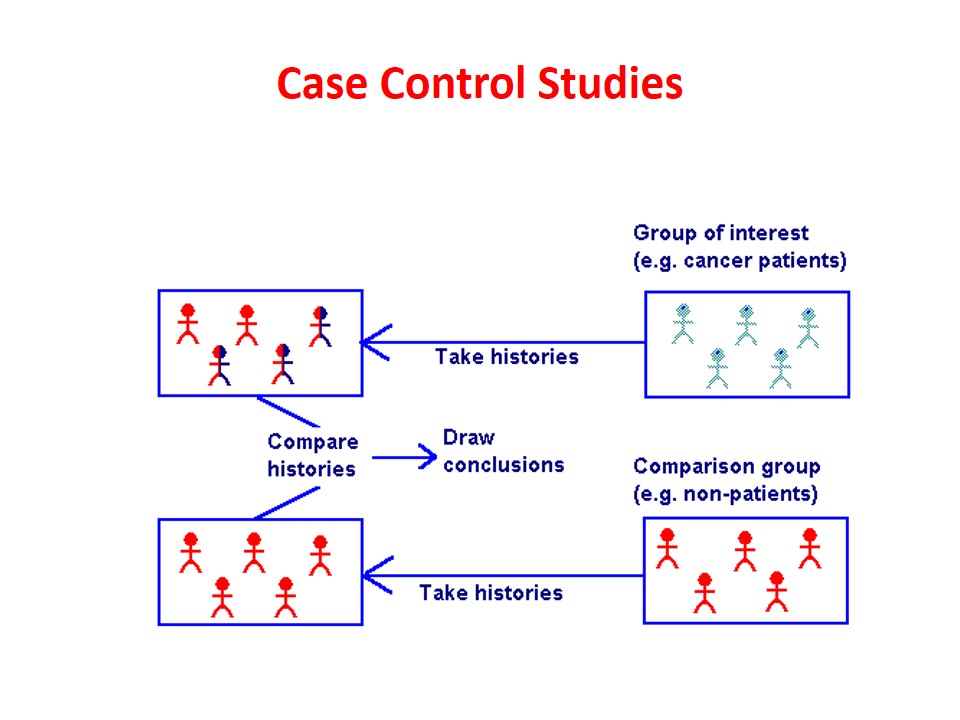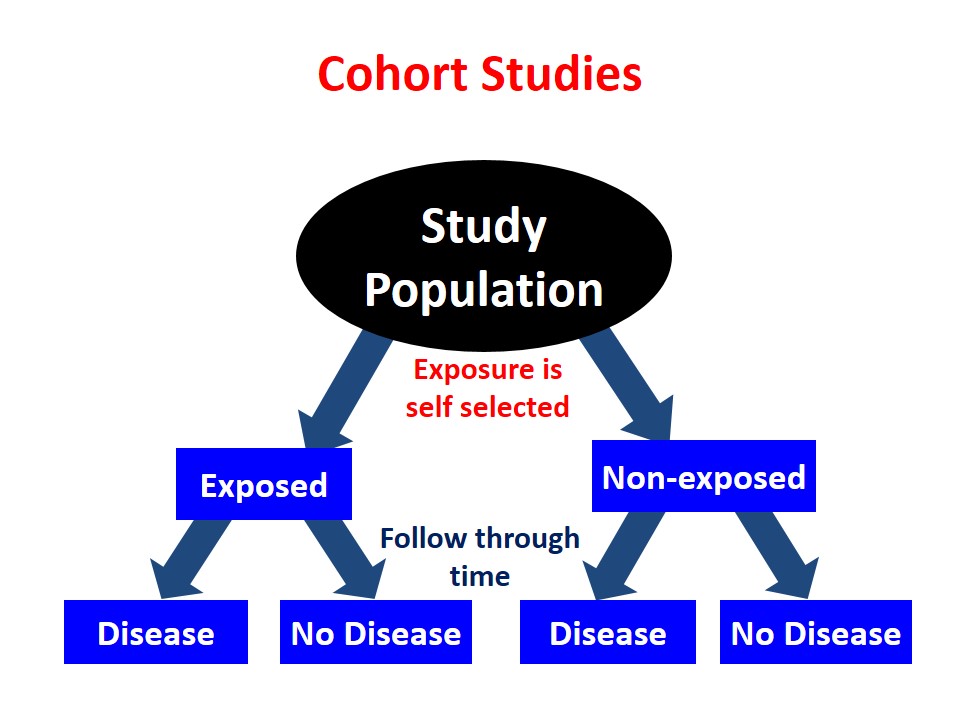EPIDEMIOLOGICAL METHODS
History
The Greek physician Hippocrates has been called the father of epidemiology. He is the first person known to have examined the relationships between the occurrence of disease and environmental influences.
- Epi – means “on, upon, befall”
- Demo – means “people, population, man”
- Logy – means study
Definition
Epidemiology as the study of the distribution and determinant of health- related states or events in specified populations, and the application of this study to control of health problem.
Key Words of Epidemiology
• Epidemic - ( Epi = upon : demos = people ) An outbreak of disease in a community in excess of “normal expectation ”
• Endemic- (en = in; demos = people). The constant presence of disease within a geographic area or the usual prevalence of a given disease in a particular area. malaria, tuberculosis, etc.
• Pandemic- (pan = all: demos = people) An epidemic which spreads from country to country or over the whole world, as for example, the recent epidemic of COVID-19, AIDS.
METHODS OF EPIDEMIOLOGICAL STUDIES
Epidemiologists employ two different methods or approaches for epidemiological studies which are-
1. Observational Epidemiology
- Descriptive method
- Analytical method.
2. Experimental method
1. Observational Epidemiology
This method begins with surveillance of populations, Using vital and health statistics including analysis of death rates arranged by age, sex, locality, and cause of death.
It is often possible to make imaginative use of many other kinds of available information about defined population groups. Schools and many employers keep records of absences due to sickness, sometimes with reasons for these absences.
A. Descriptive Method
Descriptive method of epidemiological study is concerned with the study of frequency and distribution of disease and health related events in population in terms of person, place and time.
This method gives information about which all are affected by a particular disease or health related event or problems.
- When is the disease occurring?
- Where is it occurring?
- Who is getting the disease?
Personal characteristics such as age, sex, race, marital status, occupation, education, income, Class, dietary pattern, habits.
Place distribution of cases i.e. areas of high concentration, low concentration and spotting in the map.
Time distribution/trends such as year, season, month, week, day and hour of onset of the disease.
The Various procedures involved in Descriptive Studies
- Define the population to be studied
- Defining the disease under study
- Describing the disease
- Measurement of disease
- Comparing with know indices
- Formulation of etiological Hypothesis
a. Cross-sectional studies
In this design of descriptive method of study, the data is collected from a cross-section of population at a one point in time. The results of the study are applied on the population. The cross-section of the population is sampled carefully so that it is representative of the whole population. Cross-section study is like a snapshot and provides information about the prevalence of a disease. It is also called as prevalence study. example study of diabetes or hypertension by personal characteristics and life style

Characteristics of a Cross-Sectional Study
- The study takes place at a single point in time
- It does not involve manipulating variables
- It allows researchers to look at numerous characteristics at once (age, income, gender, etc.)
- It's often used to look at the prevailing characteristics in a given population
- It can provide information about what is happening in a current population
b. Longitudinal Studies
Longitudinal studies art useful for studying the Natural history of diseases, finding out incidence rates of diseases and identifying risk factors of diseases. Longitudinal studies are more expensive and time consuming than cross- sectional studies.
Longitudinal studies play a key role in epidemiology, clinical research, and therapeutic evaluation. Longitudinal studies are used to characterize normal growth and aging, to assess the effect of risk factors on human health.
B. Analytical Method
You have learn that descriptive studies generate etiological clues for various diseases help in formulating a guess or hypothesis for further vigorous study or testing e.g. "Cigarette smoking (10 to 20 in a day) causes lung cancer in 10 to 15% of smokers after 20 years of exposure”, wife battering is related to violence in victim's childhood family of origin". These types of hypothesis are further studied and tested by analytical studies to determine the association of cause with the effect.
- Case control study
In this method a group of people who have been diagnosed as having a particular problem e.g. lung cancer (cases) are compared with a group of people who are similar in characteristics to that of cases but they are free from the problem i.e. free from lung cancer under study (controls).

2. Cohort Study
A cohort is a specific group of people, at a certain time, sharing common characteristics or experience e.g. people born on the same day or the same year (birth cohort), couple married in the same year (marriage cohort), a class of nursing students (experience cohort), people With same occupation (occupation cohort) etc.

Fast facts on cohort studies
- Cohort studies typically observe large groups of individuals, recording their exposure to certain risk factors to find clues as to the possible causes of disease.
- They can be prospective studies and gather data going forward, or retrospective cohort studies, which look at data already collected.
- The Nurses’ Health Study is one example of a large cohort study, and it has produced many important links between lifestyle choices and health by following hundreds of thousands of women across North America.
- Such research can also help identify social factors that influence health.
Prospective cohort study-
Cohort study is prospective in nature because the group under study is free from the disease but exposed to risk factor and epidemiologist study the development of a condition over time. example-lung cancer
Retrospective cohort study-
This is also called as historical cohort study. In this type of study designs the event has already occurred
2. Experimental Method
- Experimental studies are similar in approach to cohort studies except that conditions are under the careful control of investigator.
- Experimental studies are done to confirm the etiology of diseases,' establish the efficacy of preventive or therapeutic measures and evaluate health care services.
- These' studies are done under controlled conditions.
- The investigator administers an intervention/gives treatment to the experimental group which is either exposure to causative factor of disease or preventive/therapeutic measure to improve or influence health or prevent disease but not to the control group which is similar to experimental group in all its aspects.
Randomized Controlled Trial
A study design that randomly assigns participants into an experimental group or a control group. As the study is conducted, the only expected difference between the control and experimental groups in a randomized controlled trial (RCT) is the outcome variable being studied

Advantages
- Good randomization will "wash out" any population bias
- Easier to blind/mask than observational studies
- Results can be analyzed with well known statistical tools
- Populations of participating individuals are clearly identified
Disadvantages
- Expensive in terms of time and money
- Volunteer biases- The population that participates may not be representative of the whole
- Loss to follow-up attributed to treatment